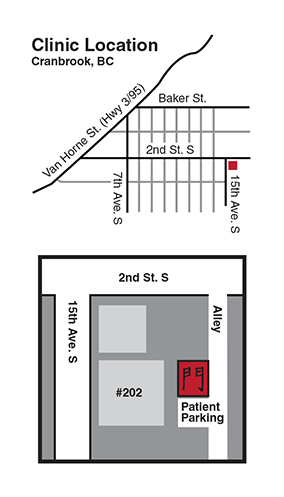When you go to an acupuncturist, have you noticed that the way they describe your illness is different than the way your doctor describes it?
Traditional Chinese Medicine (TCM) looks for patterns of imbalance. Identifying these patterns allows your acupuncturist to form a TCM diagnosis and leads to your treatment. Because of this, illnesses that western medicine considers unrelated may be considered similar by your acupuncturist.
There are several systems for viewing these patterns. One of them is called the Eight Principles. In this system, four sets of qualities help define your illness.
- Interior/Exterior. Your acupuncturist will look at your illness and determine if it is located in an interior organ or if it is caused by an exterior pathogen.
- Hot/Cold. Your acupuncturist will determine if your imbalance is hot (like a fever) or cold (like chilliness).
- Full (excess)/Empty (deficiency). Your acupuncturist checks the strength of your Qi and whether there is a pathogen present.
- Yin/Yang. Your acupuncturist determines if your condition is primarily yin or yang in nature.
How can the Eight Principles Help You?
If you’re not familiar with TCM, getting a diagnosis of “excess heat in the interior” won’t mean anything to you. But remember, the Eight Principles are patterns of imbalance.
Ask your acupuncturist what your diagnosis means. Then ask what symptoms point to that diagnosis.
Start observing your everyday complaints, aches, pains and health challenges. Notice if you regularly have symptoms that point to the diagnosis. It’s likely that you will start to see patterns in your symptoms, even if western medicine doesn’t understand the links between them.
Once you know your constitutional tendencies, you can begin a long term plan to balance your body and prevent illness.


